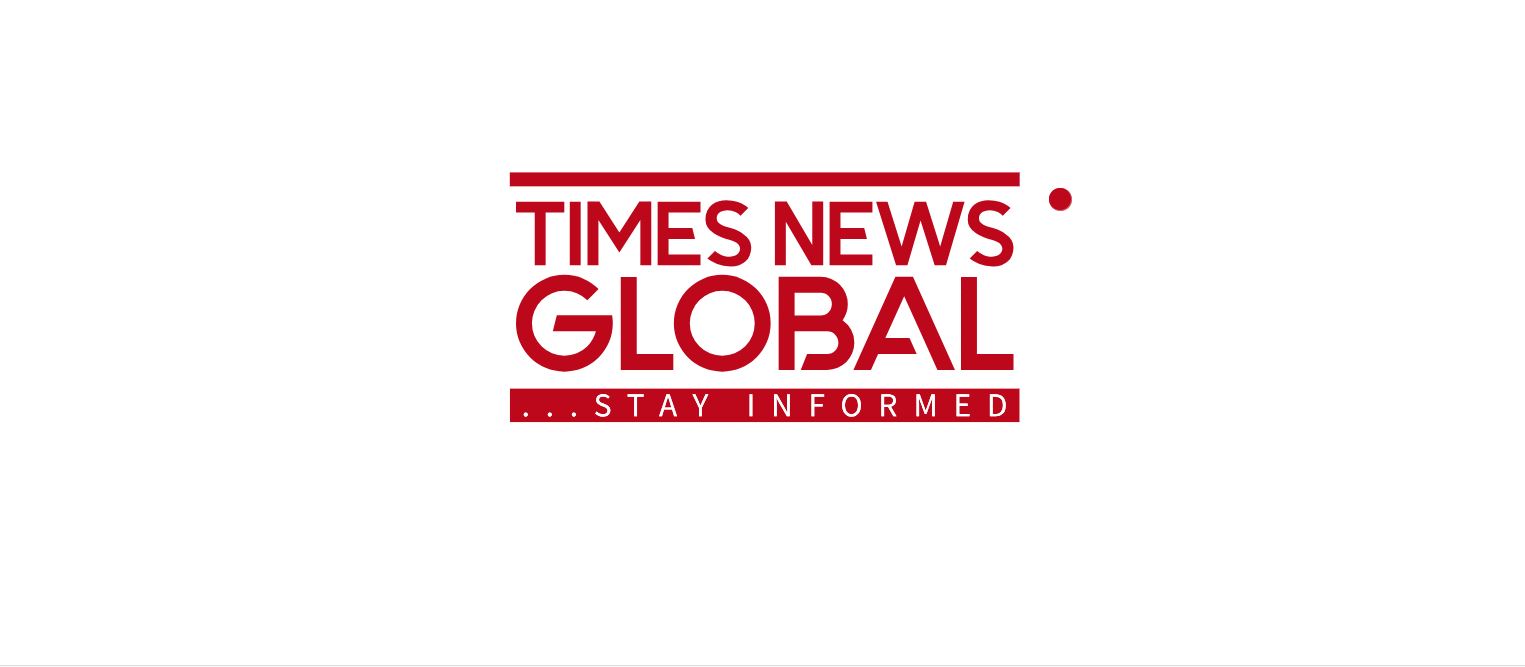News
Electric Air Taxis and UPS: Industrial Stocks to Watch in 2025

NEW YORK, NY – Industrial companies are known as the backbone of the economy, and their stock performance reflects that. As of late July 2025, the industrial sector has outperformed the S&P 500 with a 15% gain.
Analysts predict stronger revenue growth for the sector through 2027, ranking it second only to energy in earnings per share (EPS) growth. Among notable companies, Archer Aviation, a California-based start-up, is making headlines with its electric vertical takeoff and landing (eVTOL) aircraft.
Archer’s goal is to launch air taxi services that can bypass city traffic. In June, the company raised $850 million due to government support for eVTOL technology. Archer has partnered with major companies like United Airlines and Stellantis and has even been named the official air taxi service for the 2028 Los Angeles Olympics.
Despite its optimistic outlook, Archer is not yet profitable, operating at a loss while it navigates regulatory challenges. With a valuation of $6.8 billion and a hefty order backlog, its future hinges on successfully launching profitable routes.
In contrast, United Parcel Service (UPS) faces challenges in a rocky economic landscape. In 2025, UPS’s stock price has fallen over 18% due to declining freight volume and a high-profile labor deal. Yet, the company is implementing a $3.5 billion cost-cutting initiative, which includes downsizing its workforce by 20,000 and reducing its facilities to stabilize its finances.
Despite these challenges, UPS reported a consolidated operating profit of $1.7 billion in Q2 2025, a modest increase from the previous quarter. At a price-to-earnings ratio of 15, its stock appears undervalued compared to the industry average of 28.
Investors looking to enter the industrial sector should consider both Archer Aviation and UPS, though they are at different stages of growth and stability. Archer offers high potential for returns tied to eVTOL innovation while UPS shows signs of recovery following strategic cuts and operational improvements.












